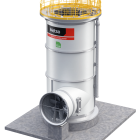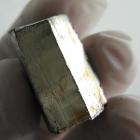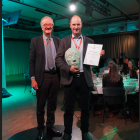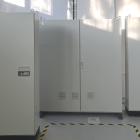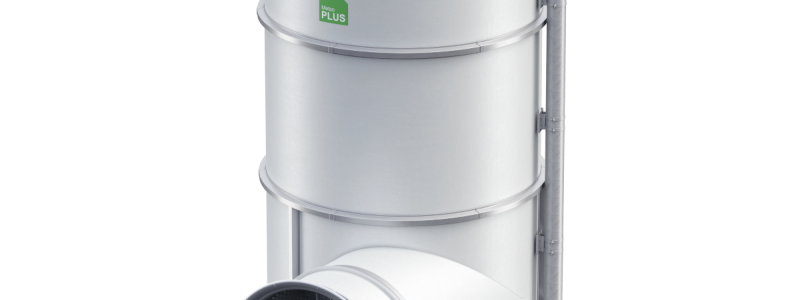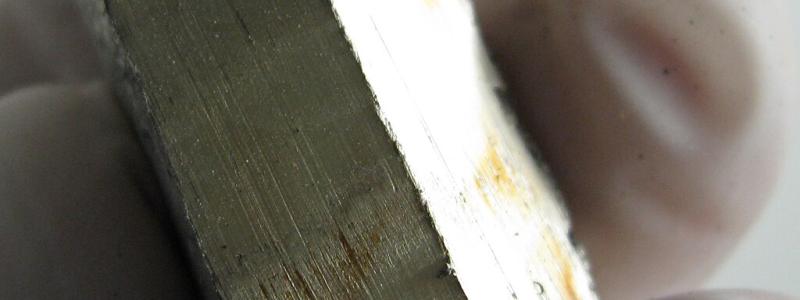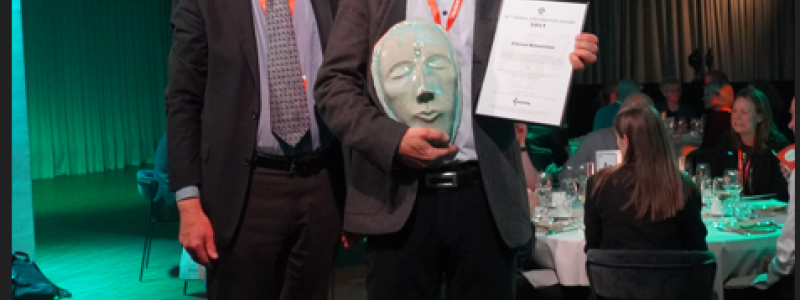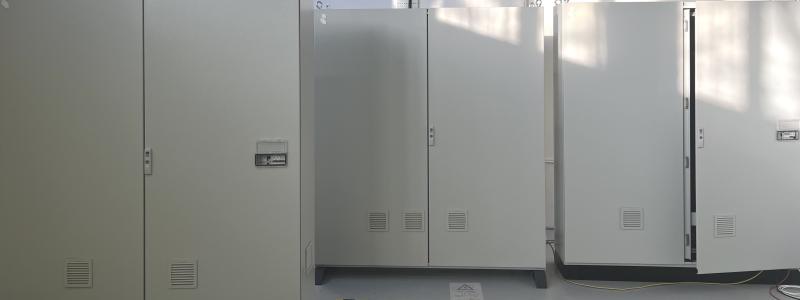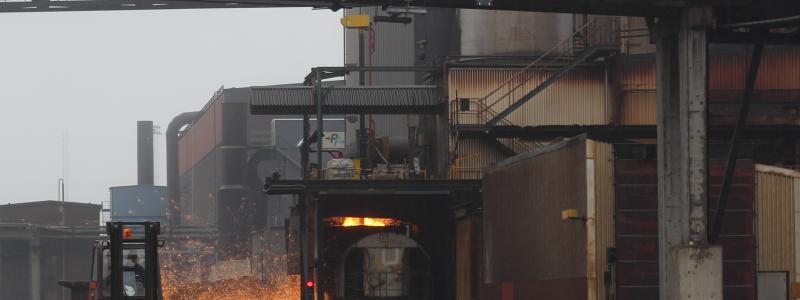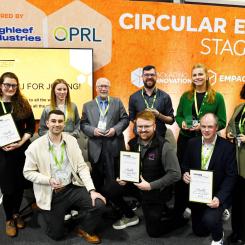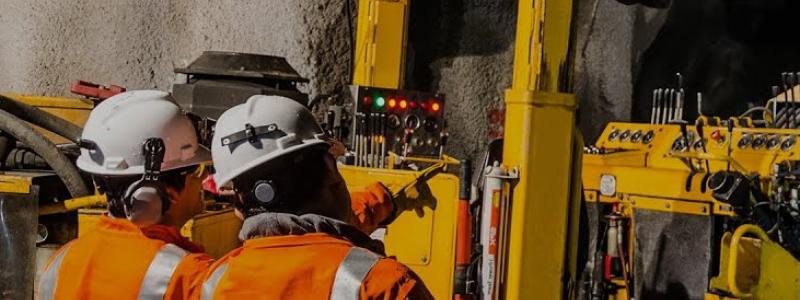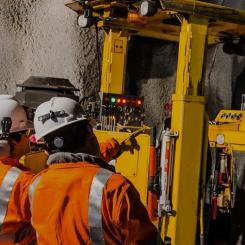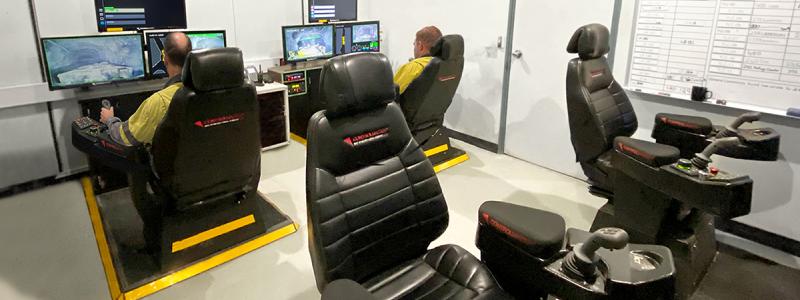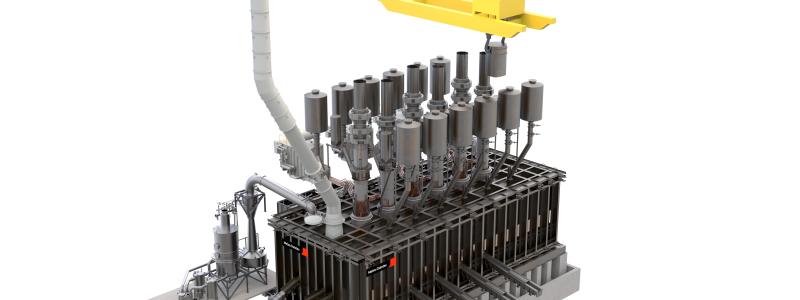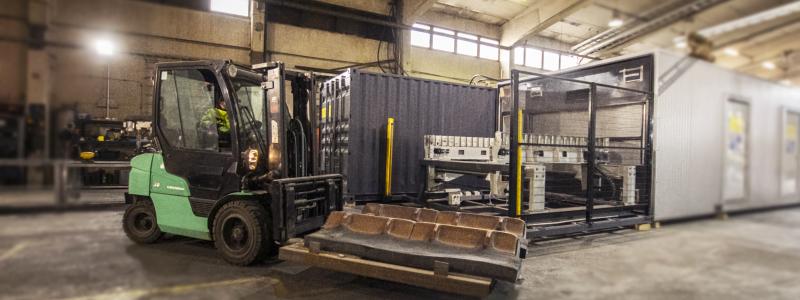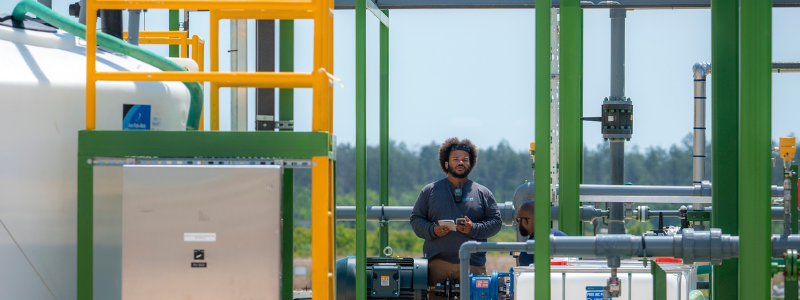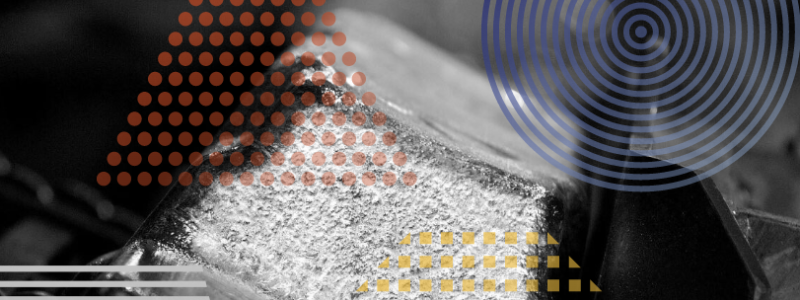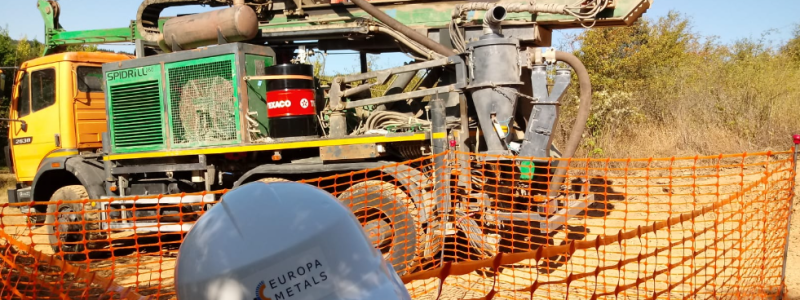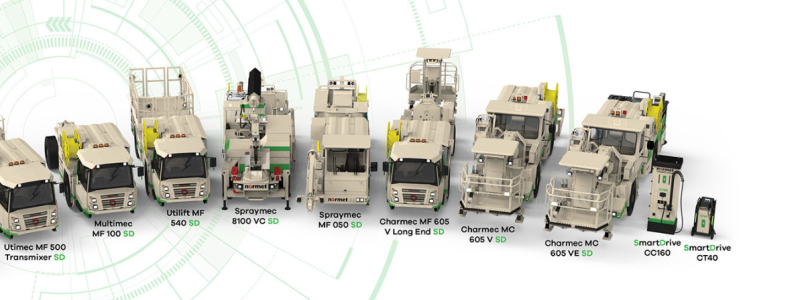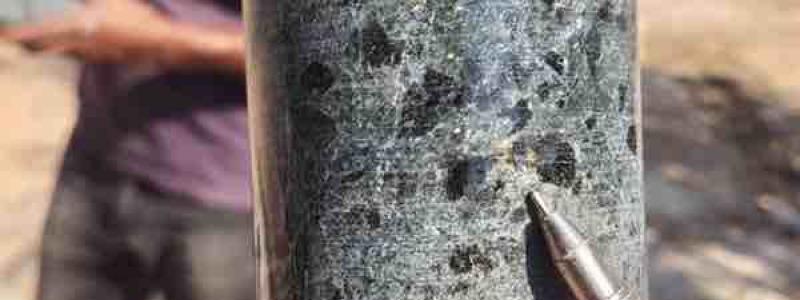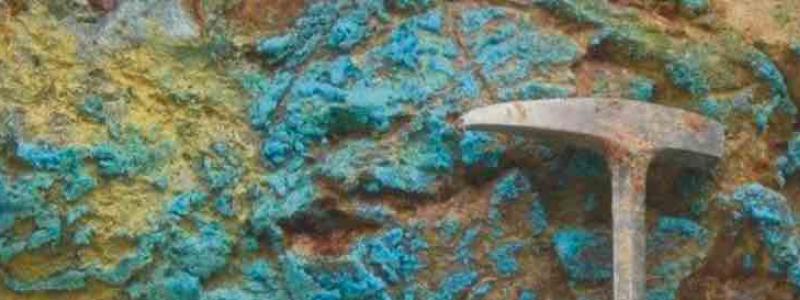X-rays from copper source set new gold standard for measuring industrial materials
World's most accurate measurements of important X-ray spectrum could advance applications from infrastructure to drugs
Researchers at the National Institute of Standards and Technology (NIST) have produced and precisely measured a spectrum of X-rays using a new, state-of-the-art machine.
The instrument they used to measure the X-rays took 20 years to develop, and will help scientists working at the agency make some of the world's most accurate measurements of materials for use in everything from bridges to pharmaceuticals. It will also ensure that the measurements of materials from other labs around the world are as reliable as possible.
The process of building the instrument for making the new measurements was painstaking. "This new specialized precision instrument required both a tremendous amount of mechanical innovation and theoretical modeling," said James Cline, project leader of the NIST team that built the machine. "That we were able to dedicate so many years and such high-level scientific expertise to this project is reflective of NIST's role in the world of science."
- The wavelength of an X-ray is a ruler by which we can measure spacings of atoms in crystals," said Marcus Mendenhall, lead author of a new paper in the Journal of Physics B: Atomic, Molecular and Optical Physics that applies the new instrument to the measurement of the copper X-ray emission spectrum. "We now know the length of our ruler better, and all kinds of materials can now be measured with improved accuracy."
The new machine will allow researchers to link measurements of the lattice spacings with greater confidence to the definition of the meter in the International System of Units (SI). It is the comparisons to the SI meter that allow for quality assurance at the smallest and most precise levels.
The researchers' measurements were consistent with results from the past 40 years and captured new details of the X-ray spectrum. In addition to the lattice spacings, all of the elements that went into making measurements were fully traceable to the SI, assuring the accuracy and reliability of the measurements.
X-ray work is often associated with medical care, but X-ray instruments are also widely used in commerce, as they can help to identify and characterize a broad range of common substances, including cement, metals, ceramics, electronics and medicines.
Source:
National Institute of Standards and Technology (NIST)


